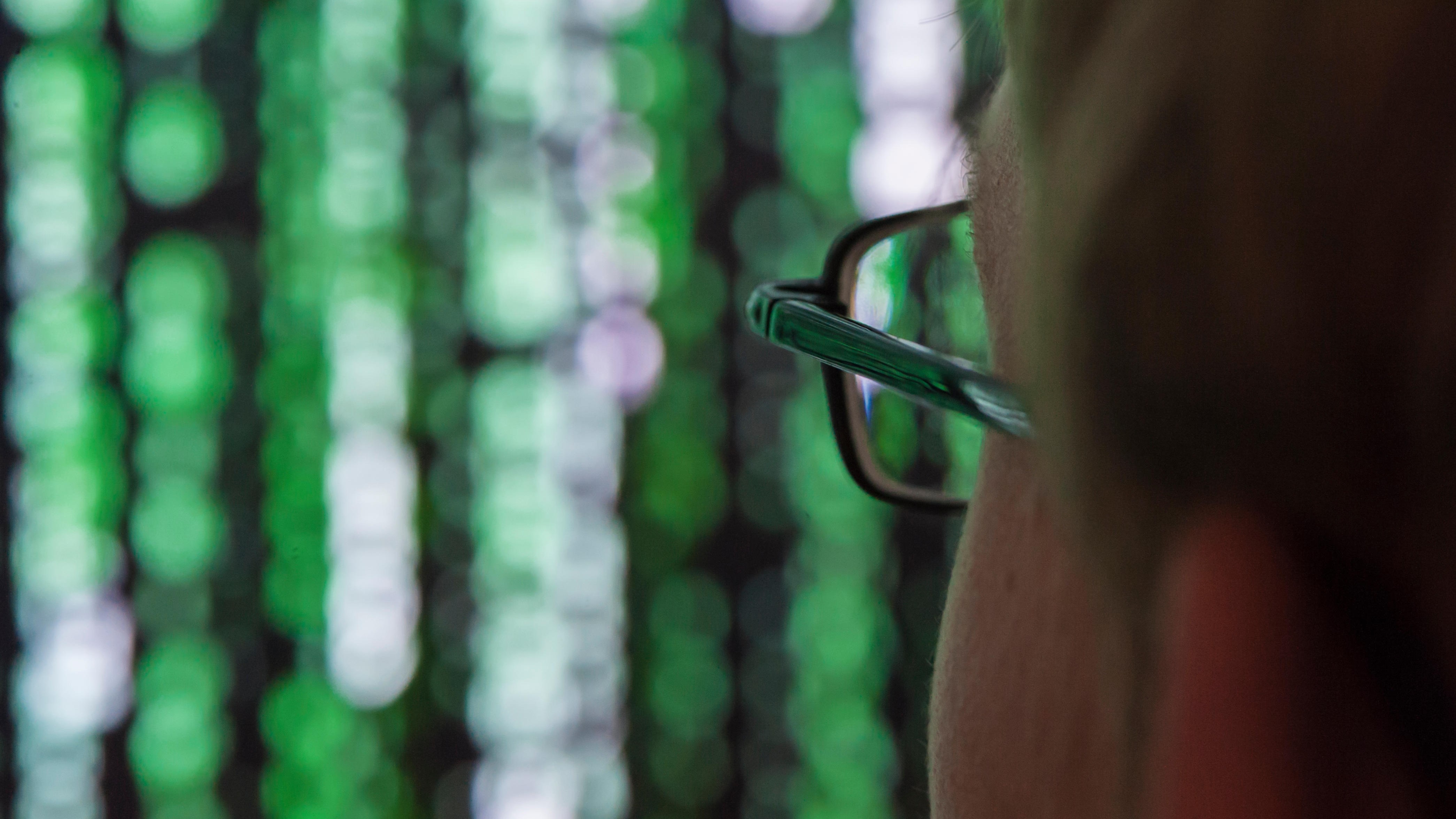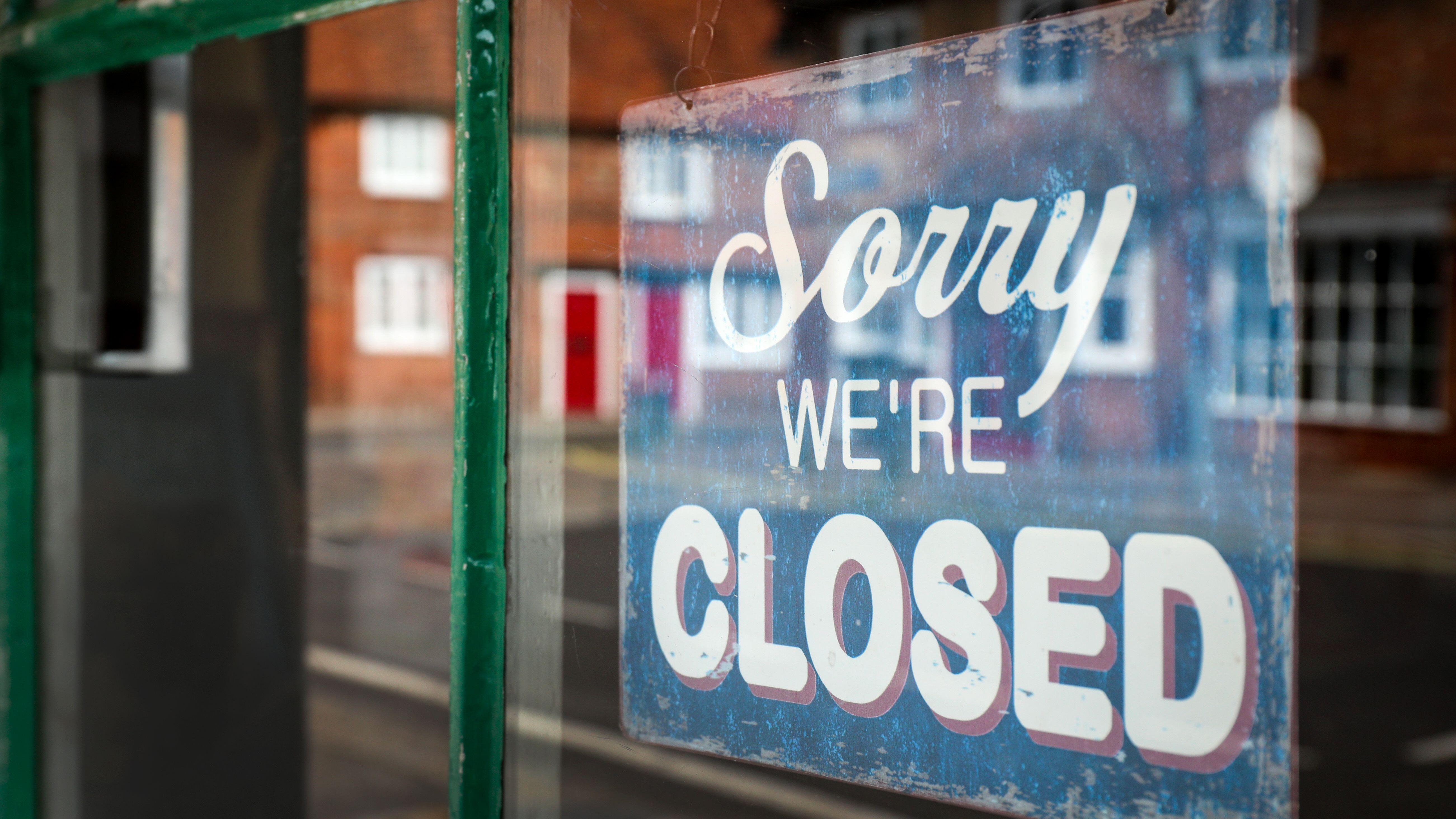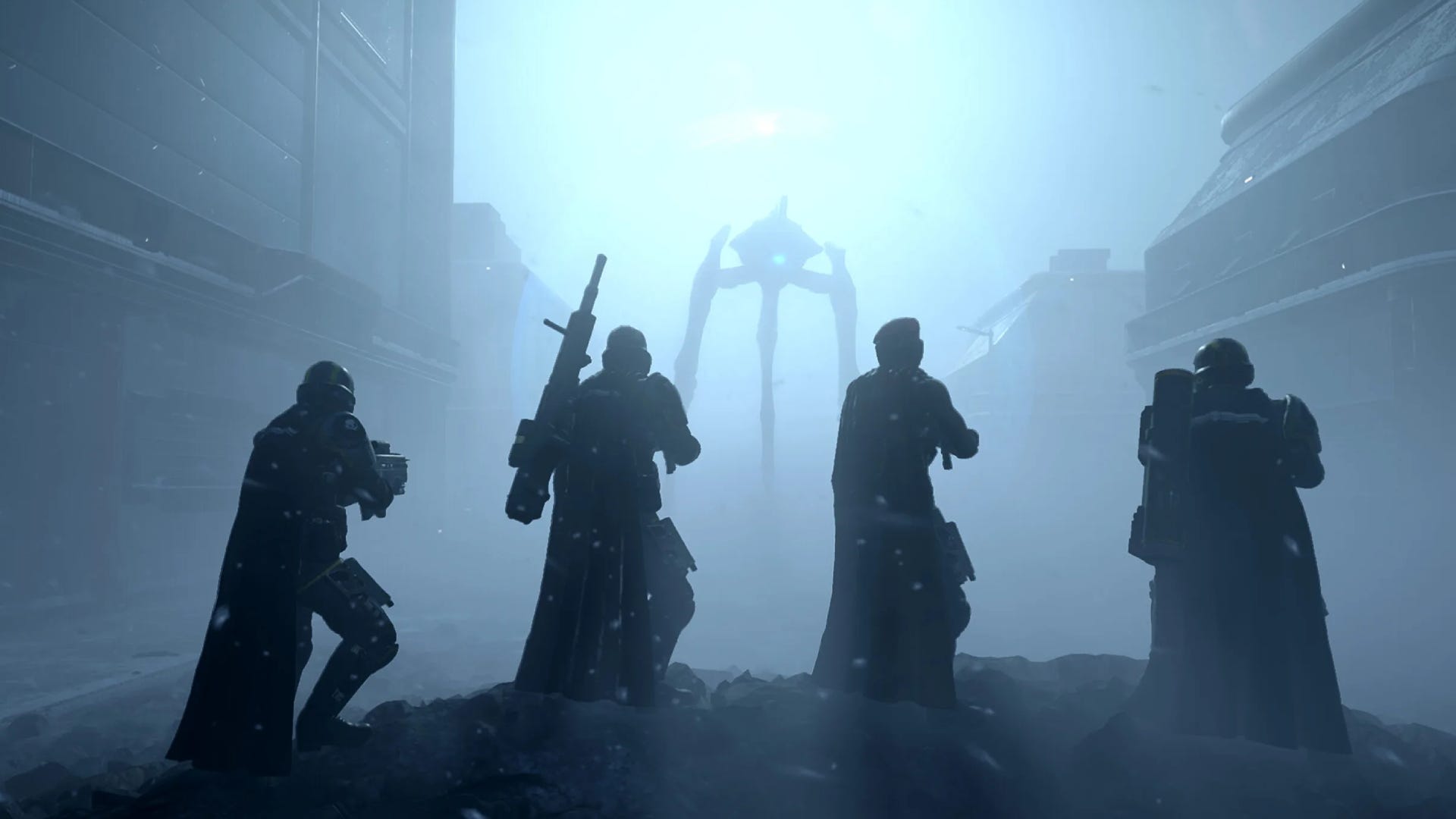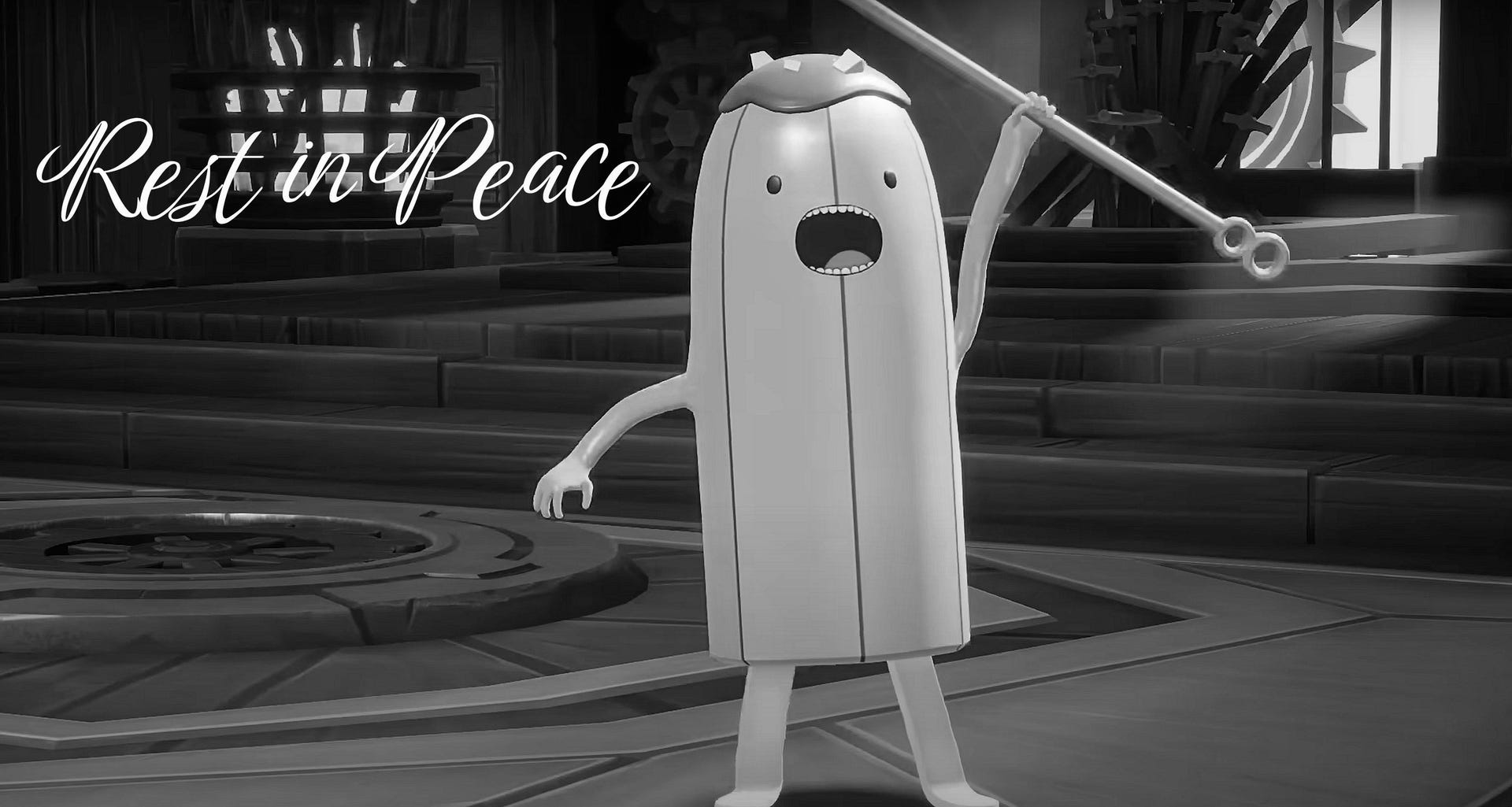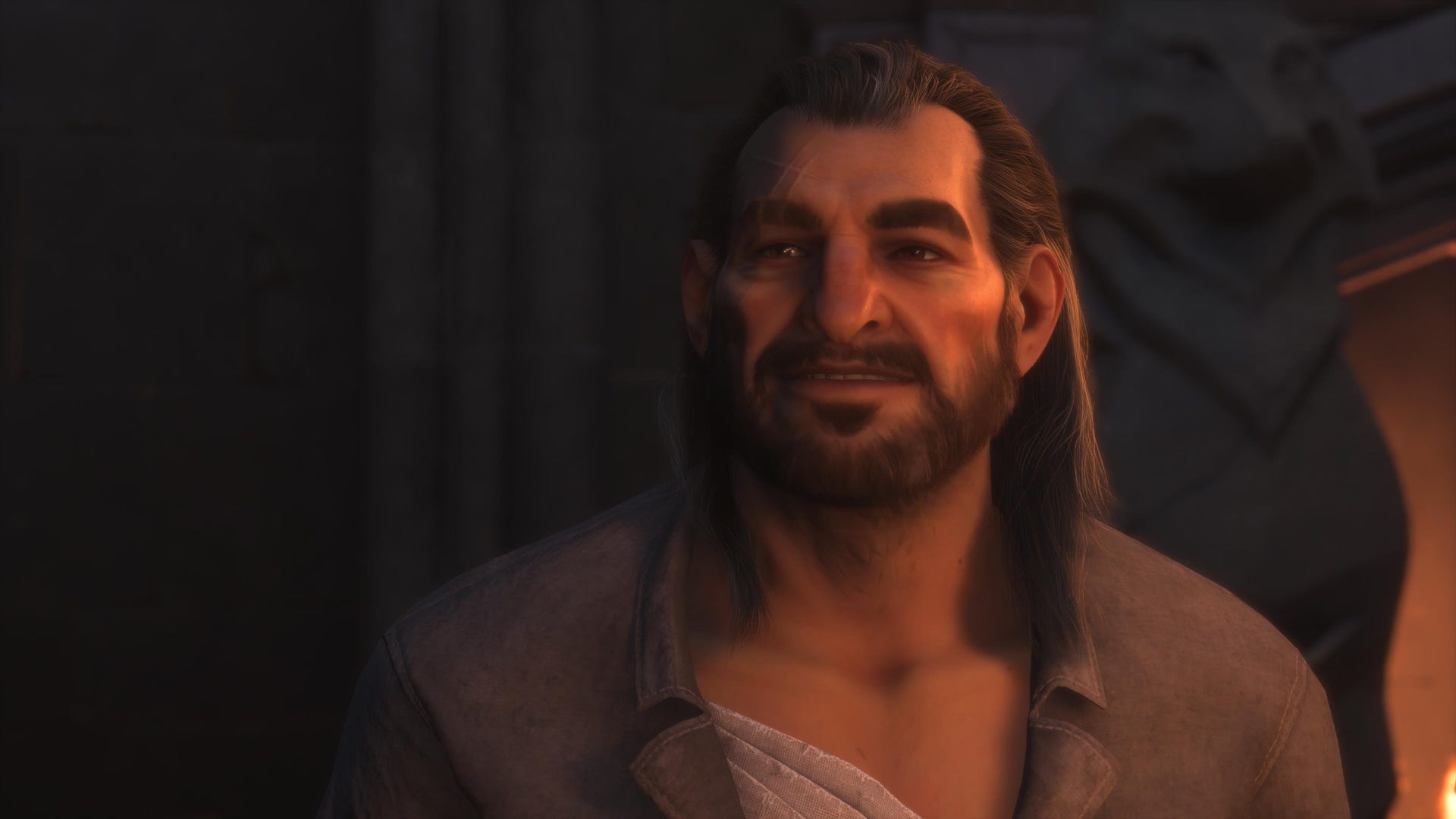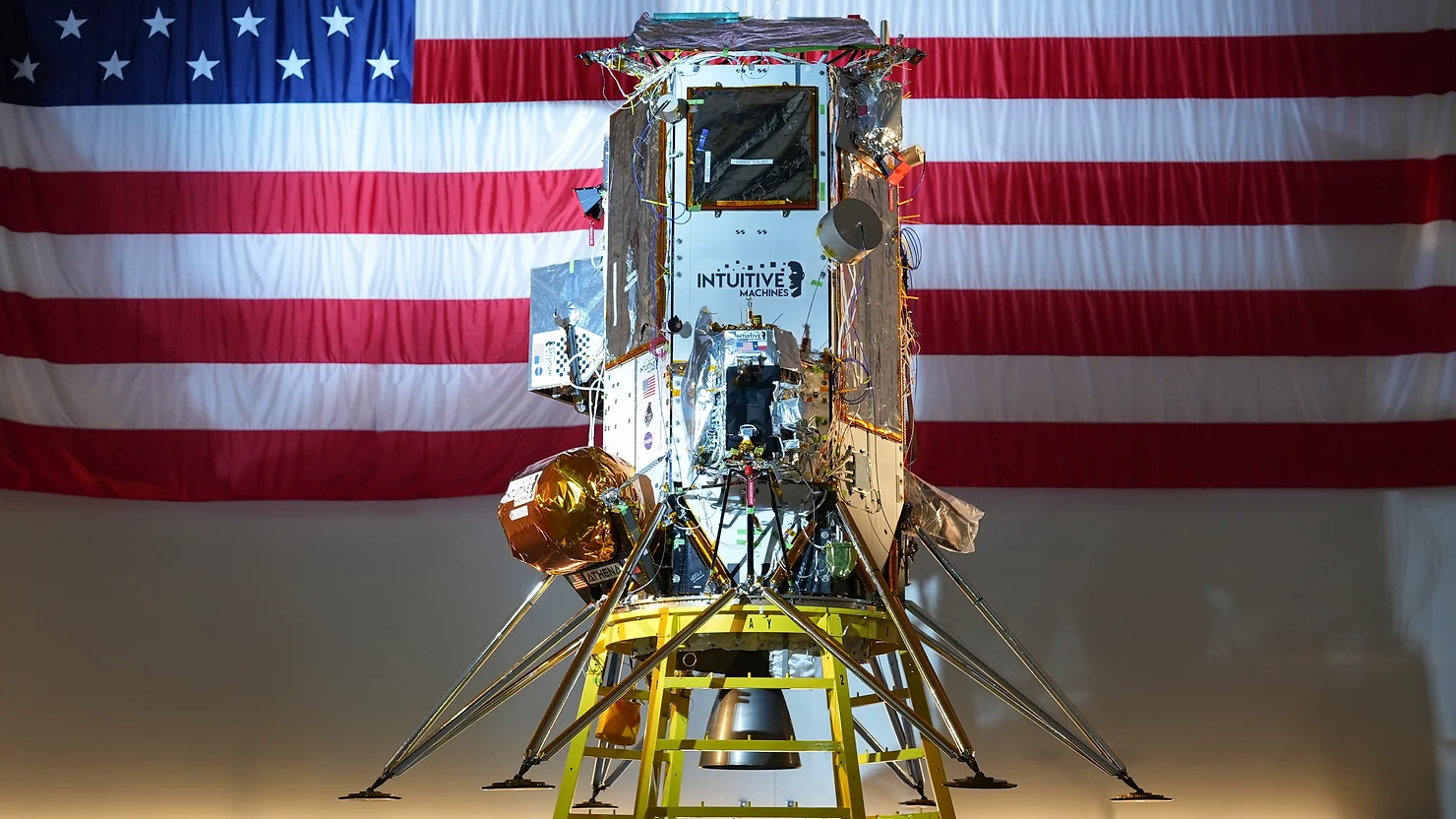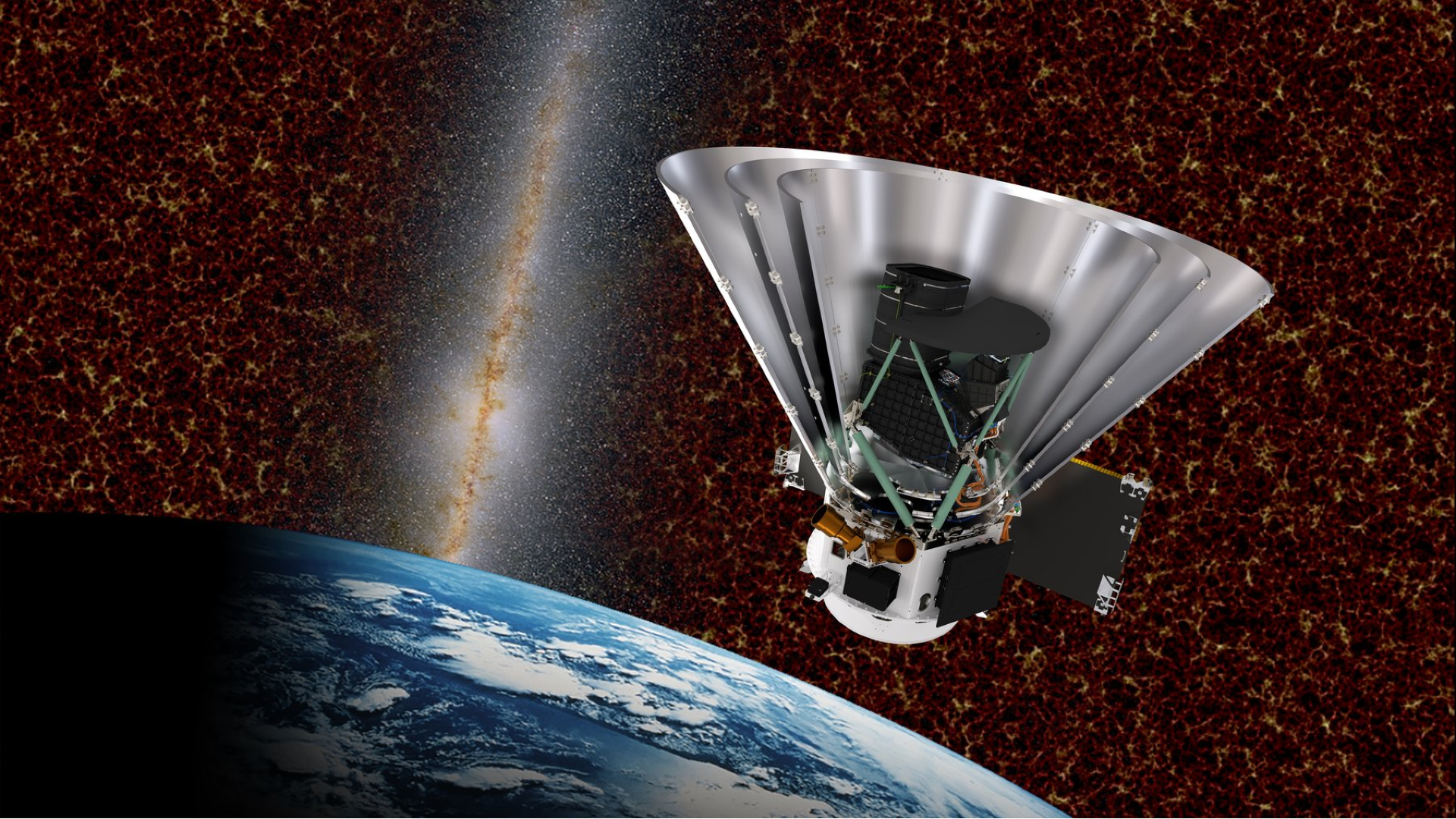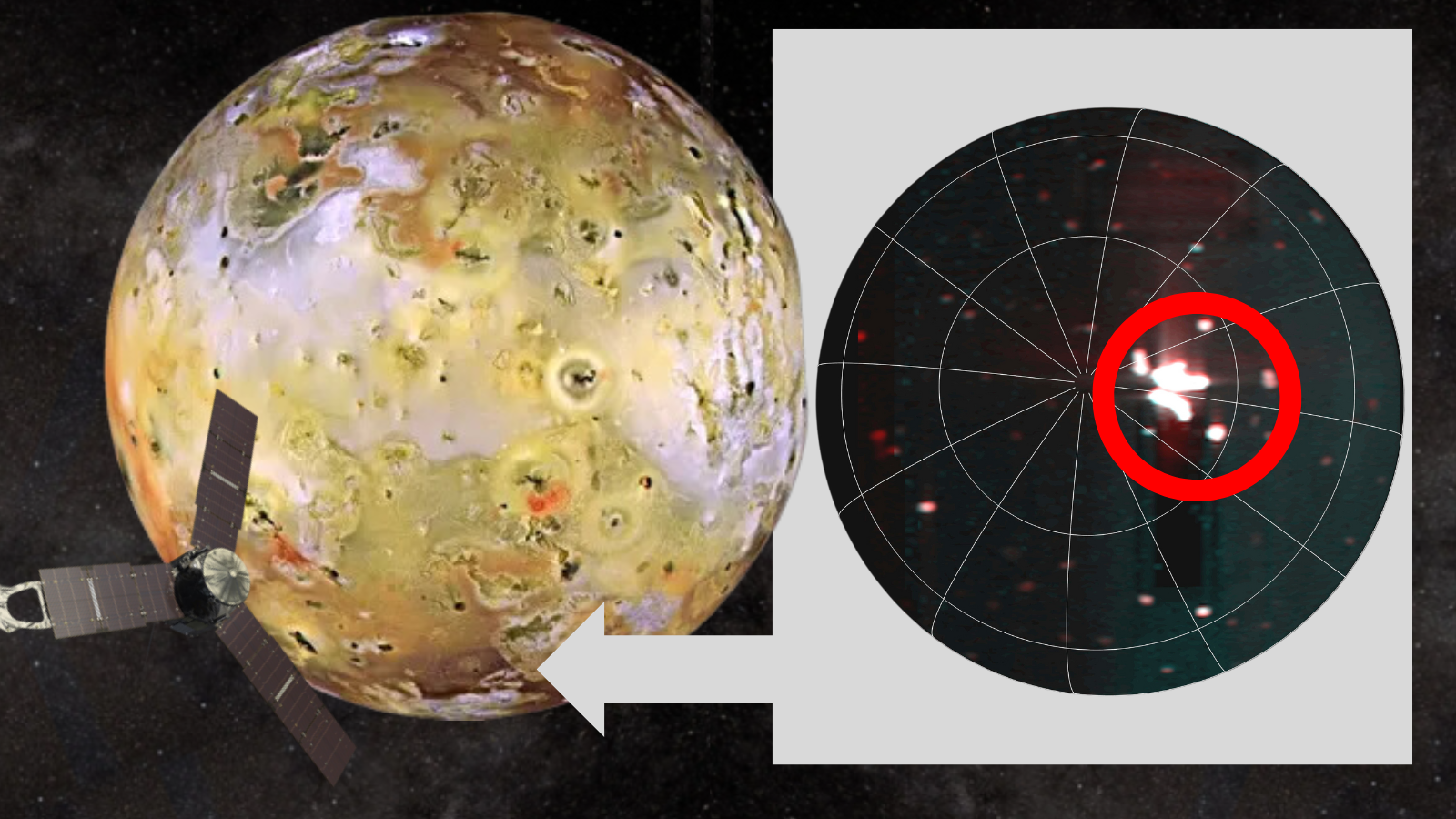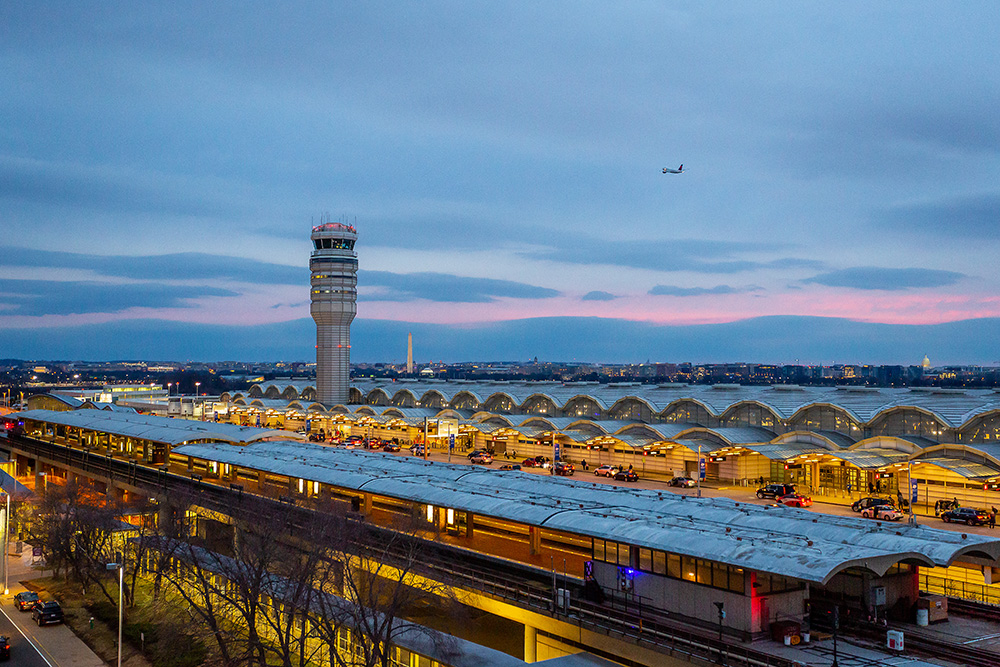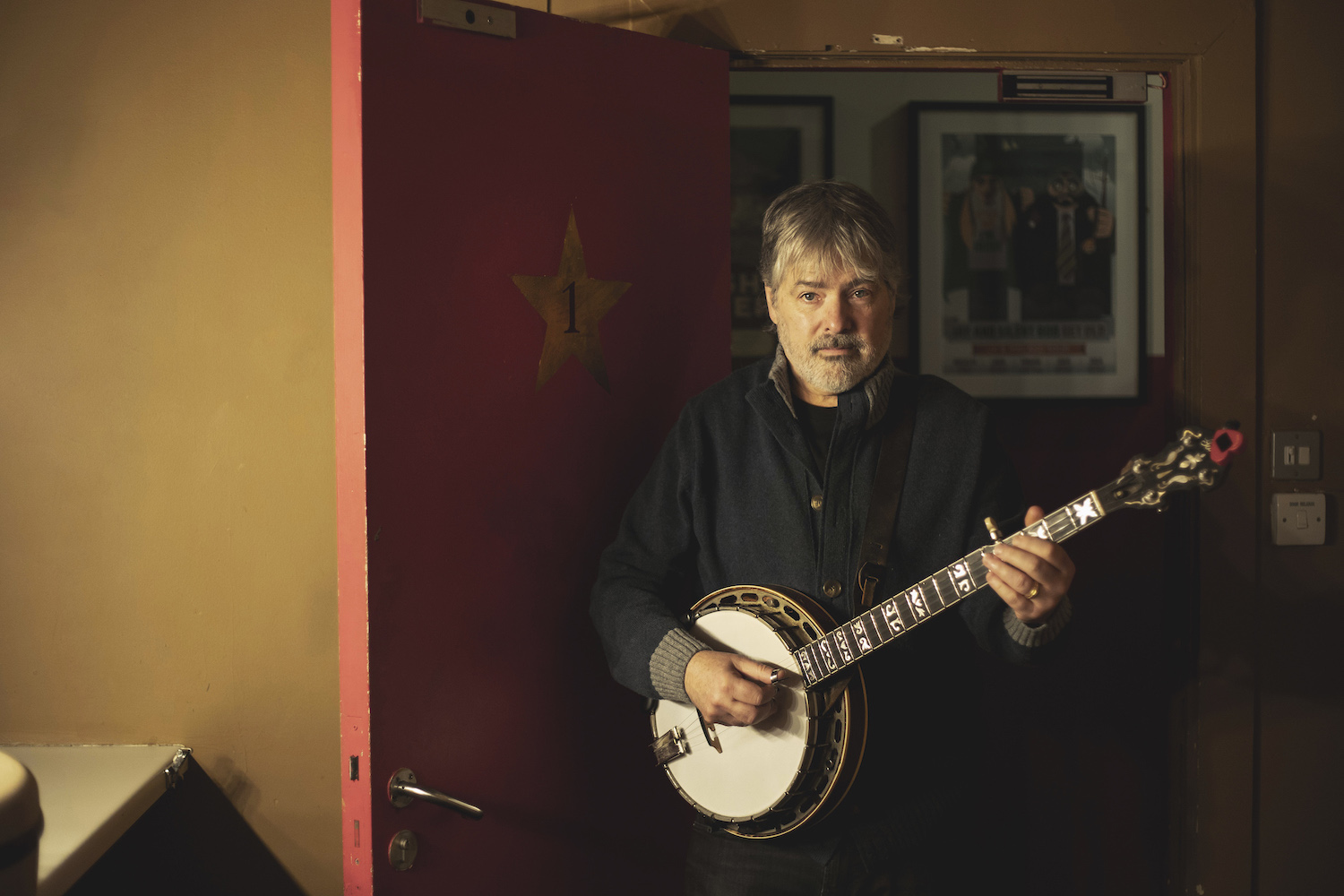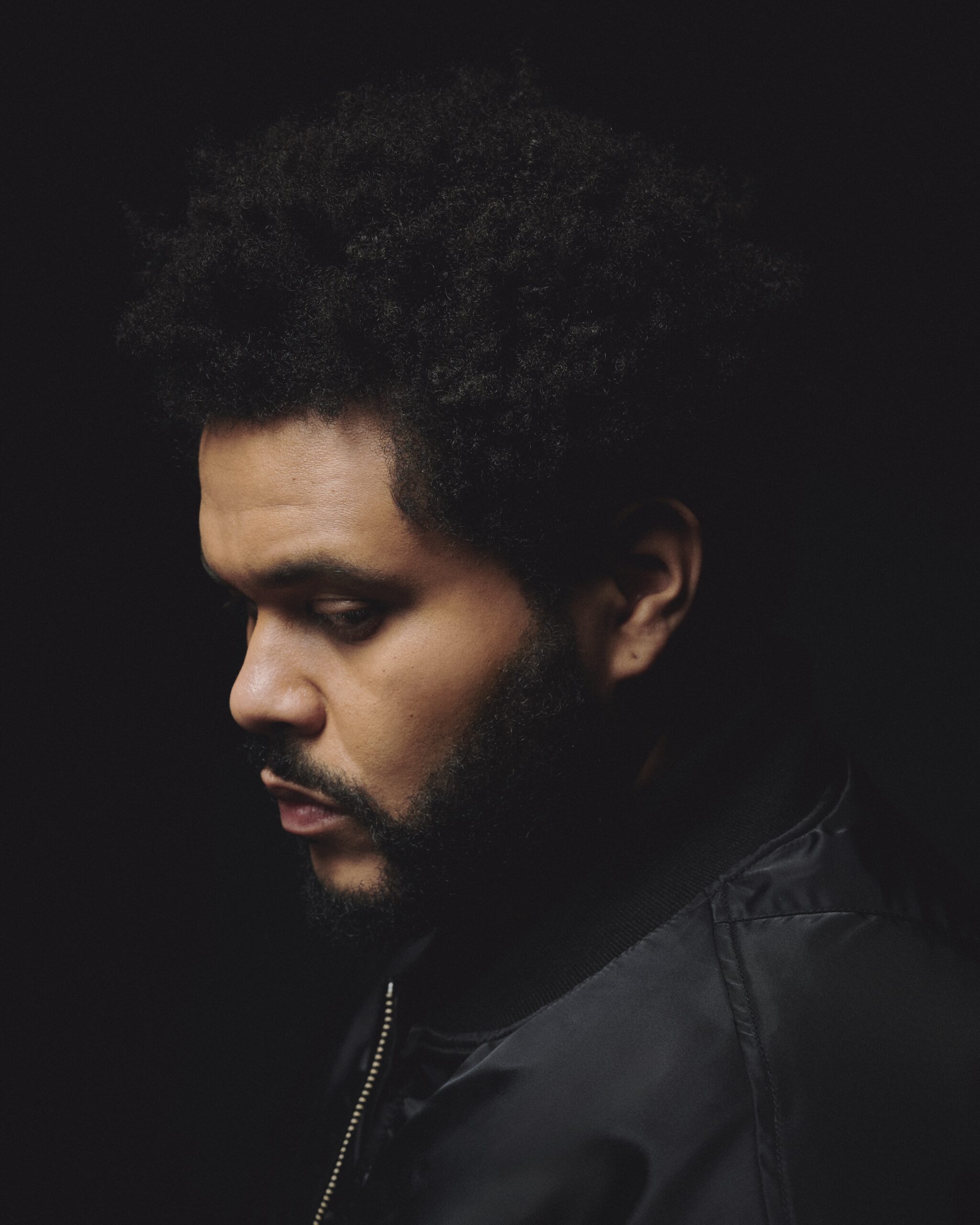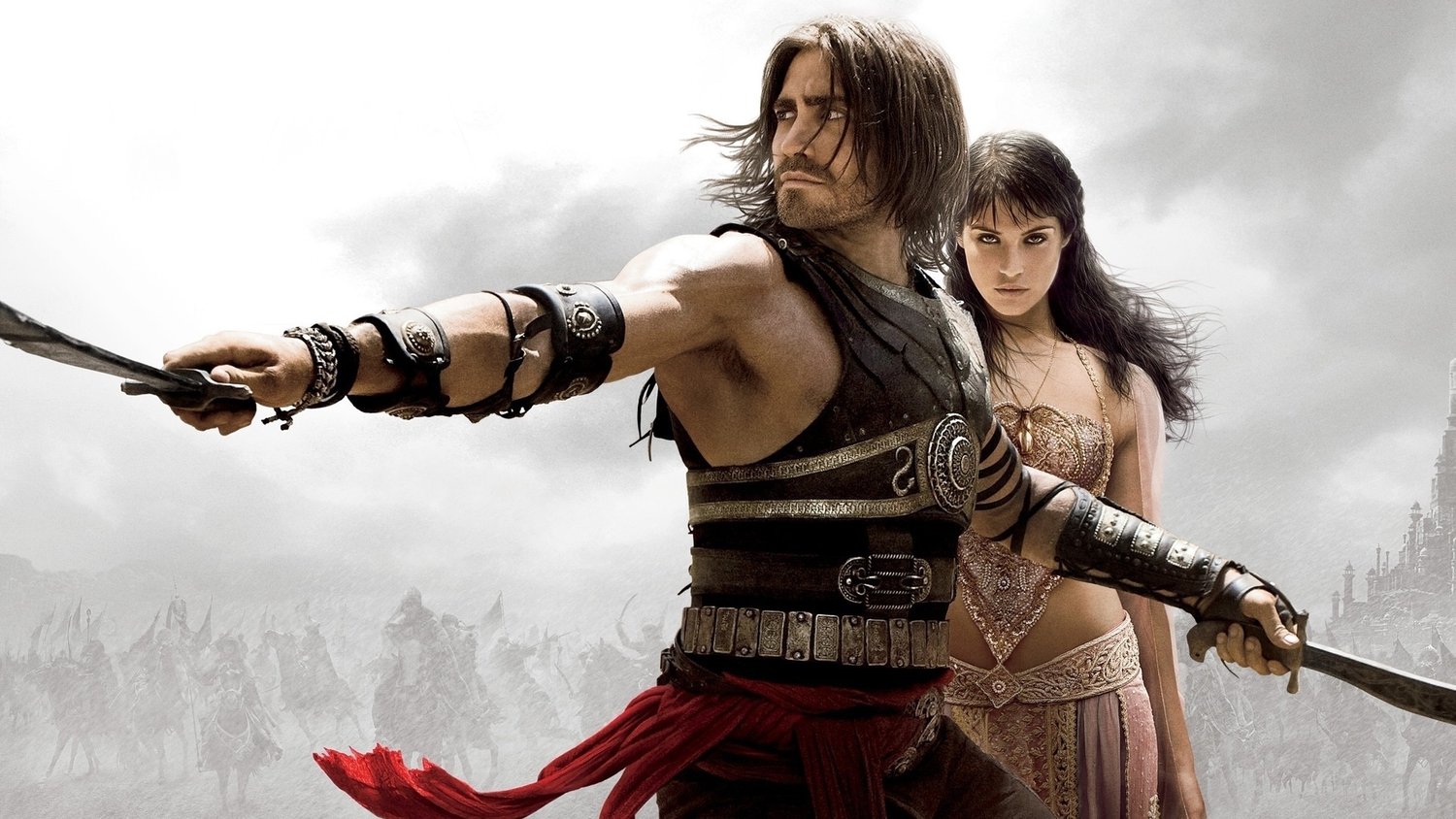The Current Debate | The Best Films of 2024
The Current Debate connects the dots around a topic of the critical conversation.Fire of Wind (Marta Mateus, 2024).Whenever I try to distill a year of moviegoing memories down to a best-of list, I like to turn to an essay telling me why I shouldn’t. “Lists of films will not save you,” Elena Gorfinkel wrote in an incendiary manifesto published by Another Gaze in 2019; “lists of films will not save films. … Lists do not enshrine your hallowed taste, they only dilute it. Lists are attentional real estate for the fatigued, enervated, click-hungry.” As someone who annually partakes in such an absurd ritual, I don’t look at lists to cross-check the consensus around this or that title, but to see what they might reveal about our relationship with the medium: how we produce, consume, and discuss moving images in a world that’s become increasingly saturated with them. Anyone attempting to wade through the ocean of year-end polls will perennially confront a number of recurring narratives, none more widespread and hollow than the idea that Cinema Is Dying. To be sure, anxieties over the artform’s life expectancy are about as old as the medium itself. “In the movie world,” Manohla Dargis observes at the New York Times, “things are always looking up (maybe) unless they’re catastrophically down, a cycle of boom and bust that has gripped the industry for much of its history and always convinces someone, somewhere, that the movies are dead. It’s a familiar charge with a changing cast of murder suspects: synchronized sound, television, cable, streaming and, of course, corporate idiocy.” But if the predictions for theatrical moviegoing in 2024 looked especially gloomy, Bilge Ebiri offers at Vulture, that was “partly because of the production and release delays owing to the 2023 Writers’ Guild and SAG-AFTRA strikes, partly because people seemed to be losing interest in trusted franchises—and, after the initial disappointments of The Fall Guy (all films 2024) and Furiosa, it did seem like the box office was headed for disaster.” To be sure, and for reasons frankly beyond my comprehension, Furiosa did underperform, but the franchise fatigue critics like the New York Times’s Maya Phillips recorded in 2023 seems to have subsided: from Inside Out 2 to Venom: The Last Dance, the ten highest grossing films of 2024—both domestically and internationally—were either prequels or sequels.Furiosa: A Mad Max Saga (George Miller, 2024).And yet, easy as it is “to sink into existential gloom about the movies, to succumb to anxieties about diminished box-office returns, dwindling theatrical-release windows, and the increasingly fickleness of the post-pandemic audience,” per Justin Chang at the New Yorker, the movie world is a lot larger than what big American-headquartered studios and streamers churn out every year. In fact, as Richard Brody notes at the New Yorker, “the D.I.Y. domain accounts for many of [2024’s] best new releases.” Though each tells its own funding and distribution story, their success often depends on out-of-the-box strategies. Vera Drew’s The People’s Joker, for one, was financed in part by crowdfunding; as befits its title, the director also solicited outside contributors to help with anything from the editing to the score and matte paintings. Picked up by US distributor Altered Innocence after a long legal battle with Warner Bros. Discovery over “rights issues,” the film deliberately avoided big theater chains to build its audience across smaller venues around the country. Whether or not such micro-budgeted films can ever make for strong box-office propositions is a different question, but their commercial prospects matter greatly to the filmmakers themselves. Take RaMell Ross: the director’s lyrical 2018 documentary Hale County This Morning, This Evening took in a little over $112,000 at the box office, but it gave Ross a chance to direct his first dramatic feature, Nickel Boys, with a budget exceeding $20 million. “That’s good news for Ross, of course,” Brody writes,but it’s also good news for the cinema at large—because the remarkable conceptual and aesthetic innovations of his new movie couldn’t have been realized on a shoestring budget. This year’s best releases are crucial reminders of the vitality and the invigorating energy of independent filmmaking—at all levels, ranging from the megamillions that Francis Ford Coppola personally pumped into Megalopolis to the hard-scrounged microbudgets of Christmas Eve in Miller’s Point, My First Film, and The People’s Joker. ...Top: Nickel Boys (RaMell Ross, 2024). Bottom: The Brutalist (Brady Corbet, 2024).Which leads us to the second omnipresent narrative. “It was, as ever,” David Ehrlich, Ryan Lattanzio, and Kate Erbland argue at IndieWire, “a great year for the movies for those who knew where to look.” But where exactly does one look in 2024? The one upside of living in a media regime as fractured as ours, Owen Gleiberman contends at Variety, “is that a great movie can com


The Current Debate connects the dots around a topic of the critical conversation.

Fire of Wind (Marta Mateus, 2024).
Whenever I try to distill a year of moviegoing memories down to a best-of list, I like to turn to an essay telling me why I shouldn’t. “Lists of films will not save you,” Elena Gorfinkel wrote in an incendiary manifesto published by Another Gaze in 2019; “lists of films will not save films. … Lists do not enshrine your hallowed taste, they only dilute it. Lists are attentional real estate for the fatigued, enervated, click-hungry.” As someone who annually partakes in such an absurd ritual, I don’t look at lists to cross-check the consensus around this or that title, but to see what they might reveal about our relationship with the medium: how we produce, consume, and discuss moving images in a world that’s become increasingly saturated with them.
Anyone attempting to wade through the ocean of year-end polls will perennially confront a number of recurring narratives, none more widespread and hollow than the idea that Cinema Is Dying. To be sure, anxieties over the artform’s life expectancy are about as old as the medium itself. “In the movie world,” Manohla Dargis observes at the New York Times, “things are always looking up (maybe) unless they’re catastrophically down, a cycle of boom and bust that has gripped the industry for much of its history and always convinces someone, somewhere, that the movies are dead. It’s a familiar charge with a changing cast of murder suspects: synchronized sound, television, cable, streaming and, of course, corporate idiocy.” But if the predictions for theatrical moviegoing in 2024 looked especially gloomy, Bilge Ebiri offers at Vulture, that was “partly because of the production and release delays owing to the 2023 Writers’ Guild and SAG-AFTRA strikes, partly because people seemed to be losing interest in trusted franchises—and, after the initial disappointments of The Fall Guy (all films 2024) and Furiosa, it did seem like the box office was headed for disaster.” To be sure, and for reasons frankly beyond my comprehension, Furiosa did underperform, but the franchise fatigue critics like the New York Times’s Maya Phillips recorded in 2023 seems to have subsided: from Inside Out 2 to Venom: The Last Dance, the ten highest grossing films of 2024—both domestically and internationally—were either prequels or sequels.

Furiosa: A Mad Max Saga (George Miller, 2024).
And yet, easy as it is “to sink into existential gloom about the movies, to succumb to anxieties about diminished box-office returns, dwindling theatrical-release windows, and the increasingly fickleness of the post-pandemic audience,” per Justin Chang at the New Yorker, the movie world is a lot larger than what big American-headquartered studios and streamers churn out every year. In fact, as Richard Brody notes at the New Yorker, “the D.I.Y. domain accounts for many of [2024’s] best new releases.” Though each tells its own funding and distribution story, their success often depends on out-of-the-box strategies. Vera Drew’s The People’s Joker, for one, was financed in part by crowdfunding; as befits its title, the director also solicited outside contributors to help with anything from the editing to the score and matte paintings. Picked up by US distributor Altered Innocence after a long legal battle with Warner Bros. Discovery over “rights issues,” the film deliberately avoided big theater chains to build its audience across smaller venues around the country. Whether or not such micro-budgeted films can ever make for strong box-office propositions is a different question, but their commercial prospects matter greatly to the filmmakers themselves. Take RaMell Ross: the director’s lyrical 2018 documentary Hale County This Morning, This Evening took in a little over $112,000 at the box office, but it gave Ross a chance to direct his first dramatic feature, Nickel Boys, with a budget exceeding $20 million. “That’s good news for Ross, of course,” Brody writes,
but it’s also good news for the cinema at large—because the remarkable conceptual and aesthetic innovations of his new movie couldn’t have been realized on a shoestring budget. This year’s best releases are crucial reminders of the vitality and the invigorating energy of independent filmmaking—at all levels, ranging from the megamillions that Francis Ford Coppola personally pumped into Megalopolis to the hard-scrounged microbudgets of Christmas Eve in Miller’s Point, My First Film, and The People’s Joker. ...


Top: Nickel Boys (RaMell Ross, 2024). Bottom: The Brutalist (Brady Corbet, 2024).
Which leads us to the second omnipresent narrative. “It was, as ever,” David Ehrlich, Ryan Lattanzio, and Kate Erbland argue at IndieWire, “a great year for the movies for those who knew where to look.” But where exactly does one look in 2024? The one upside of living in a media regime as fractured as ours, Owen Gleiberman contends at Variety, “is that a great movie can come from almost anywhere,” whether that’s “the heart of the megaplex … the indie world, the world of international cinema, the world of documentary, the streaming world.” That may well be right, but I remain skeptical, partly because our viewing (and ranking) habits are still tied to obsolete distribution policies that still dictate when, how, and what we’re allowed to watch. Living an ocean and several time zones away from New York City, I know my chances of catching Ernie Gehr: Mechanical Magic, a film series Manohla Dargis saw at the Museum of Modern Art and placed second in her year-end list, are close to nonexistent; similarly, I’ve long made peace with the idea of watching films outside the sacred realm of a movie theater. “Sometimes watching movies small is a necessity,” Stephanie Zacharek admits at Time, “unless you live within driving distance of a good art-house theater, some of the best movies of 2024 might not have come to a cinema near you.”
At the same time, you may be surprised by what’s screening nearby. My local theater in Trieste, Italy, is now showing—alongside Nosferatu and Mufasa: The Lion King—the Palestinian-Israeli documentary No Other Land; one of the year’s most essential titles, it just received an Academy Award nomination for Best Documentary, but has yet to secure a US distributor. The film’s fate was in many ways emblematic of our violent, divided 2024, a year that, to borrow from Ben Russell’s reflections in Filmmaker Magazine, kept questioning “what art and artists can do in relation to action, to activism and politics—if anything at all.” (It bears noting that Russell and codirector Guillaume Cailleau are responsible for a fulminating entry into that discourse, Direct Action, one of the year’s best films and likewise still looking for a US distributor.)

No Other Land (Yuval Abraham, Basel Adra, Rachel Szor, and Hamdan Ballal, 2024).
But if I’m especially dubious about the upsides of what Owen Gleiberman calls our “ocean-of-content culture,” it’s because the ways we watch films have profoundly changed as well. In a recent essay for n+1 titled “Casual Viewing,” Will Tavlin correlates between the “mind-numbing anticinema” peddled by Netflix and the distracted, careless viewing habits it encourages and on which it thrives. The shoddy filmmaking that plagues the streamer’s countless and instantly forgettable titles—exposition-heavy dialogues, obtrusive soundtracks, flat visuals—is ultimately crafted to cater to an audience that can’t be bothered to pay much attention in the first place. “Several screenwriters who’ve worked for the streamer,” Tavlin reports, “told me a common note from company executives is ‘have this character announce what they’re doing so that viewers who have this program on in the background can follow along.’” That’s because Netflix “designed its viewing experience to be totally unintentional,” one that’s driven not by quality but quantity, with a menu vast and bland enough to dull all palates. Hence the streamer’s autoplay features, which shepherd users into the next algorithmically selected piece of content just as a program ends, none more depressing than a short-lived button labeled “Play Something,” which Tavlin aptly glosses as “play anything.”
It doesn’t matter if it’s good or bad, if a user is on their phone or cleaning their room. What matters is that it’s on, and that it stays on until Netflix asks its perennial question, a prompt that appears when the platform thinks a user has fallen asleep: “Are you still watching?”

Bogancloch (Ben Rivers, 2024).
This is why film lists are important. That they offer an indispensable means to broaden one’s perspective is precisely because they are incomplete, trivial, and subjective—not despite those qualities. And the most illuminating among them, as Sam Adams notes at Slate, do not confirm but disrupt.
When I scan others’ lists, I’m drawn to the odd films out, the ones that a critic sees something in that no one else does. I’m not always convinced—there’s usually a reason they’re out there all by their lonesome—but it’s the rare opportunity to think about movies in a different way, one I wouldn’t have if I only paid attention to those whose tastes cluster around mine. A list tells me what you like. An outlier tells me who you are.
A closer look at some of the most significant outlets’ year-end polls, however, suggests that such left-field picks were few and far between. While non-English language titles featured far more prominently than they did in the past, 2024’s lists amount to a relatively homogenous overview, even if the rankings may differ. This isn’t something new or unique to 2024; these polls invariably narrow down to the same ten favorites anyway. But if that feels particularly striking this year, I suspect it’s because of two factors: the lack of distribution for some of 2024’s most essential gems, and the petty limitations many of these lists must confront (chief among them the insistence that they include only titles that have already secured a US distributor). Idiosyncratic picks like Dargis’s Ernie Gehr retrospective, in the end, only emphasize these polls’ uniformity.

Pedestrian Activities (Ernie Gehr, 2023).
So it is that feted American titles like Nickel Boys and Sean Baker’s Palme d’Or–winning Anora sit above or below new works by Radu Jude (Do Not Expect Too Much From the End of the World), Mohammad Rasoulof (The Seed of the Sacred Fig), Ryusuke Hamaguchi (Evil Does Not Exist), and Payal Kapadia (All We Imagine as Light). To be clear: these are formidable works, each of them a testament to the medium’s vitality. Yet such widespread acclaim should be a cause for celebration as well as concern. Their near-unanimous recognition makes me wonder how many of these truly are the “algorithm breakers” Alissa Wilkinson describes in her top ten at the New York Times (a list that, for the record, is as eclectic as they come, with nods to Johan Grimonprez’s Soundtrack to a Coup d’Etat, a documentary on the assassination of Patrice Lumumba, as well as Benjamin Ree’s The Remarkable Life of Ibelin, another documentary, about a young man dying of Duchenne muscular dystrophy and his secret World of Warcraft alter ego). Even a list as long and comprehensive as Sight and Sound’s, spanning 50 titles as opposed to the typical ten, reserves its highest spots for the aforementioned usual suspects. “There are more female than male directors in the top ten,” Pamela Hutchinson remarks, yet those ten choices are nonetheless fairly consensus-y, to the detriment of the wilder cards found further down the list, like Albert Serra’s bullfighting doc, Afternoons of Solitude, or Dea Kulumbegashvili’s abortion drama, April.
Such bold, incongruous picks are far more common among filmmakers’ polls, in part because these are spared from such restrictions as US distribution deals. John Waters’s top ten at Vulture this year includes Trương Minh Quý’s Việt and Nam: “an eerie, surprisingly haunting drama about two young gay coal miners, one of whom licks anal blood off his partner’s stomach and the other eats wax from his lover’s ears before they flee together to foreign shores as immigrants in a doomed floating container.” Aside from that, Pedro Emilio Segura Bernal has summoned the directors “whose works have left an indelible mark on 2024” and collected their polls at Filmmaker Magazine. I wish more among us critics had shown as much love for “smaller” films and festival discoveries as lists from Miguel Gomes, Radu Jude, or Payal Kapadia did, whose favorites include Ben Rivers’s Bogancloch, Marta Mateus’s Fire of Wind, and Saulė Bliuvaitė’s Toxic respectively—three standouts from last year’s Locarno Film Festival I fear might soon be forgotten in the face of louder offerings. Such discrepancies between bigger and smaller titles have always existed; but without forward-thinking distributors willing to give the less-moneyed productions a chance, who will see them, and when? (For all their festival acclaim, Bogancloch, Fire of Wind, and Toxic have not yet secured US distribution.)

Toxic (Saulė Bliuvaitė, 2024).
Size mattered this year. “I noticed,” Dana Stevens writes at Slate, “that many of the films that left a mark played with scale in some way.” Aside from gargantuan franchise installments like Dune: Part Two, Wicked, and Horizon: An American Saga—Chapter 1, several of the year’s strongest titles were also sprawlers, from Jude’s two-and-a-half-hour Do Not Expect Too Much from the End of the World to Brady Corbet’s three-and-a-half hour epic The Brutalist. Megalopolis, Francis Ford Coppola’s grandiloquent epic, epitomized a different, more creative kind of sprawl. Without a doubt, it was one of the year’s most polarizing titles. “People loved Megalopolis, hated it, puzzled over it, clipped it into memes, and tried to astroturf it into a camp classic, but, most importantly, they cared about it even though it featured none of the qualities you’d expect of a breakthrough work in these noisy times,” Alison Willmore perceptively notes at Vulture. “What that meant, to me, is that audiences have been craving ambition, which is something that movies, caught forever between art and commerce, haven’t been in a place to deliver.”
And what that ambition amounts to, Richard Brody contends at the New Yorker, is nothing less than the “expansion of the art.” From the point-of-view shots in Nickel Boys, designed to bridge the distance between viewers and characters, to a live actor approaching a microphone in front of the screen during Megalopolis to seemingly interact with Adam Driver’s Cesar Catilina, the greatest films of 2024 all suggest “an expanded cinema that doesn’t so much break film frames as it displaces them off the screen—that doesn’t make movies less cinematic but cinematizes life.” That in itself may be nothing novel; the term “expanded cinema” has been around for a while, and so have some of the related ideas on interactive films Coppola tinkered with in his latest, and discussed in his book Live Cinema and Its Techniques (2017). That these concepts should now be advanced by such a diverse and multigenerational cast of directors isn’t surprising: “Thanks to the prevalence of streaming and the watching of movies on cell phones or wherever,” Brody writes, “the very notion of the theatre and the fixed gaze at its screen has come to seem secondary and inessential to the cinematic experience.”
That’s precisely why this new variety of cinema has come to the fore—not to concede movies to the pocket-size travelling show but to reclaim them from it. These new movies offer a new kind of spectacle, one that’s not just a matter of audiovisual bombast but that inheres in cinematic form, becomes part of a film’s narrative architecture, and creates a distinctive psychological relationship with viewers. This expanded cinema gives life to a movable spectacle, to one that can survive from format to format and won’t generate anything like the now clichéd disproportion of watching Lawrence of Arabia on a cell phone. With the new cinema, it isn’t the images that get small but the ideas that get big.
Neither dead nor moribund, the medium is constantly, restlessly expanding; as always, the onus is on us to remain open to its myriad new forms, and rescue the good stuff from all the noise.










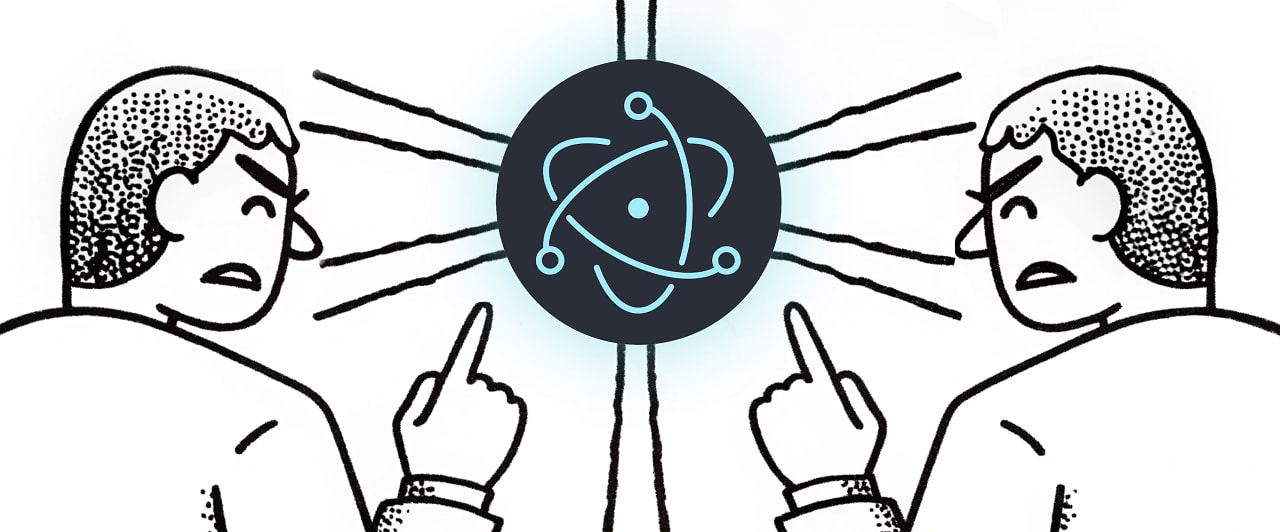


![From Gas Station to Google with Self-Taught Cloud Engineer Rishab Kumar [Podcast #158]](https://cdn.hashnode.com/res/hashnode/image/upload/v1738339892695/6b303b0a-c99c-4074-b4bd-104f98252c0c.png?#)






